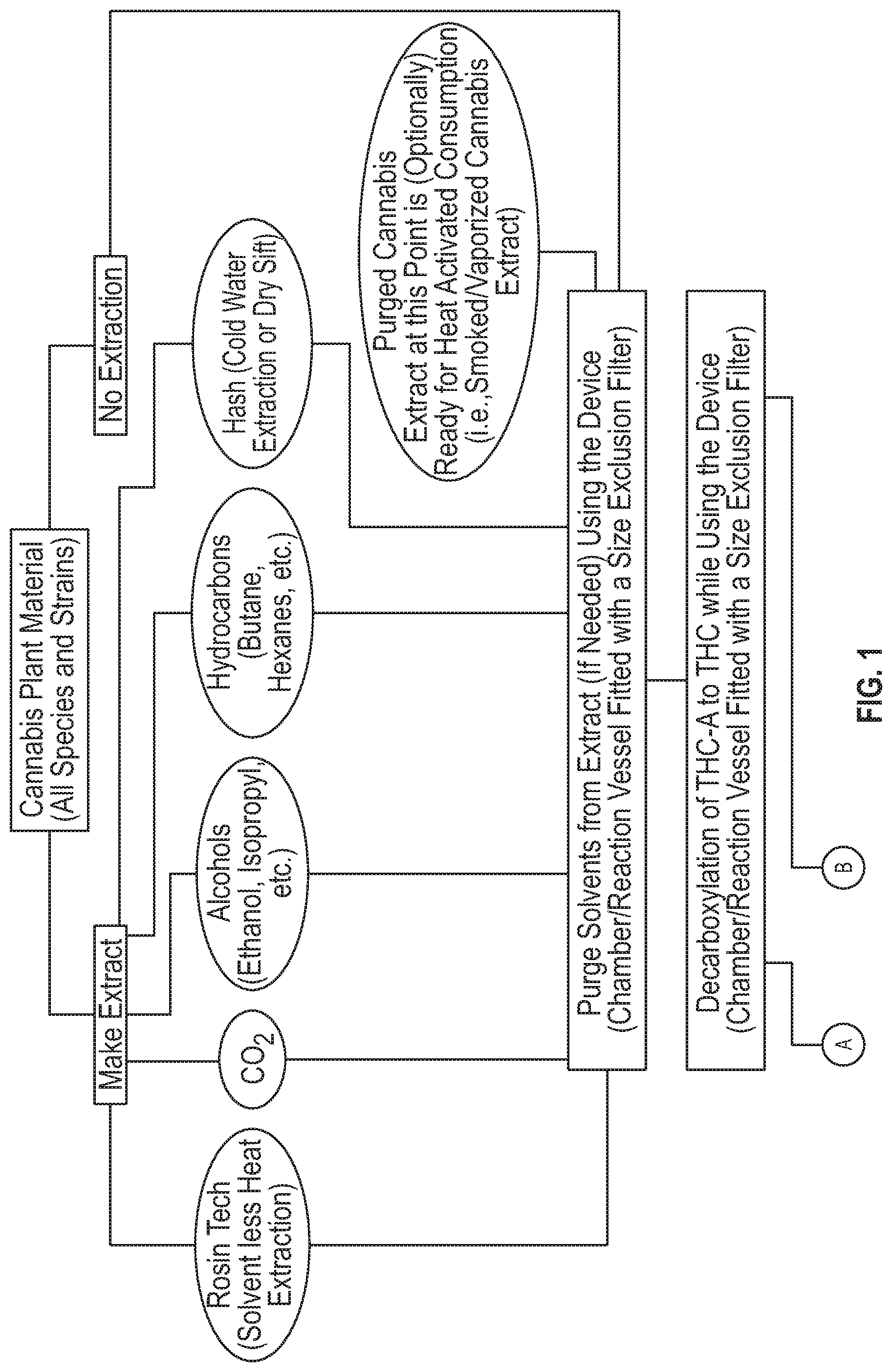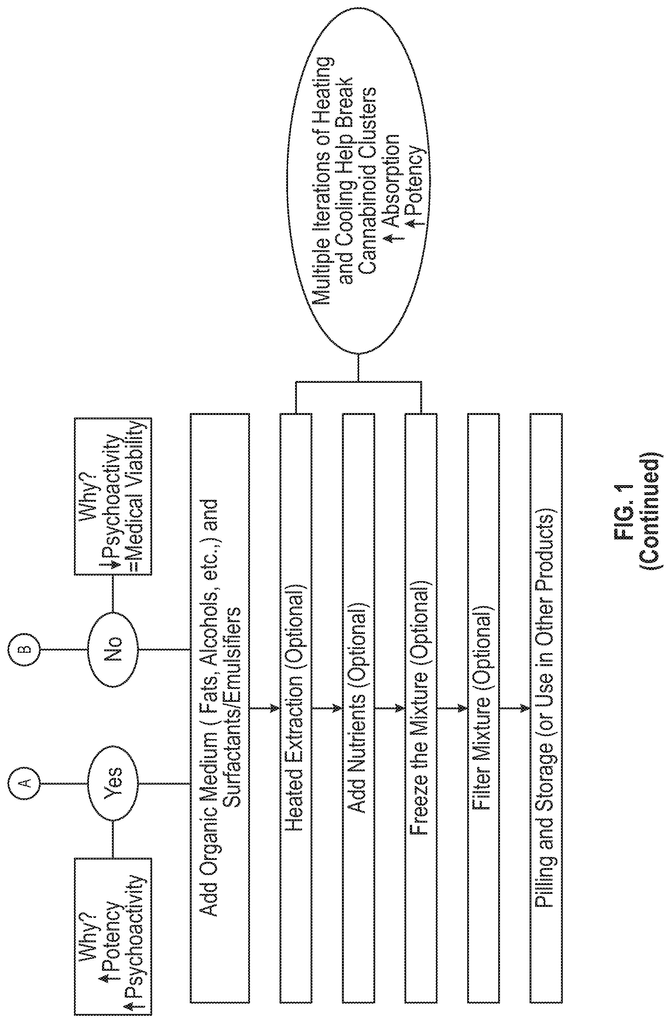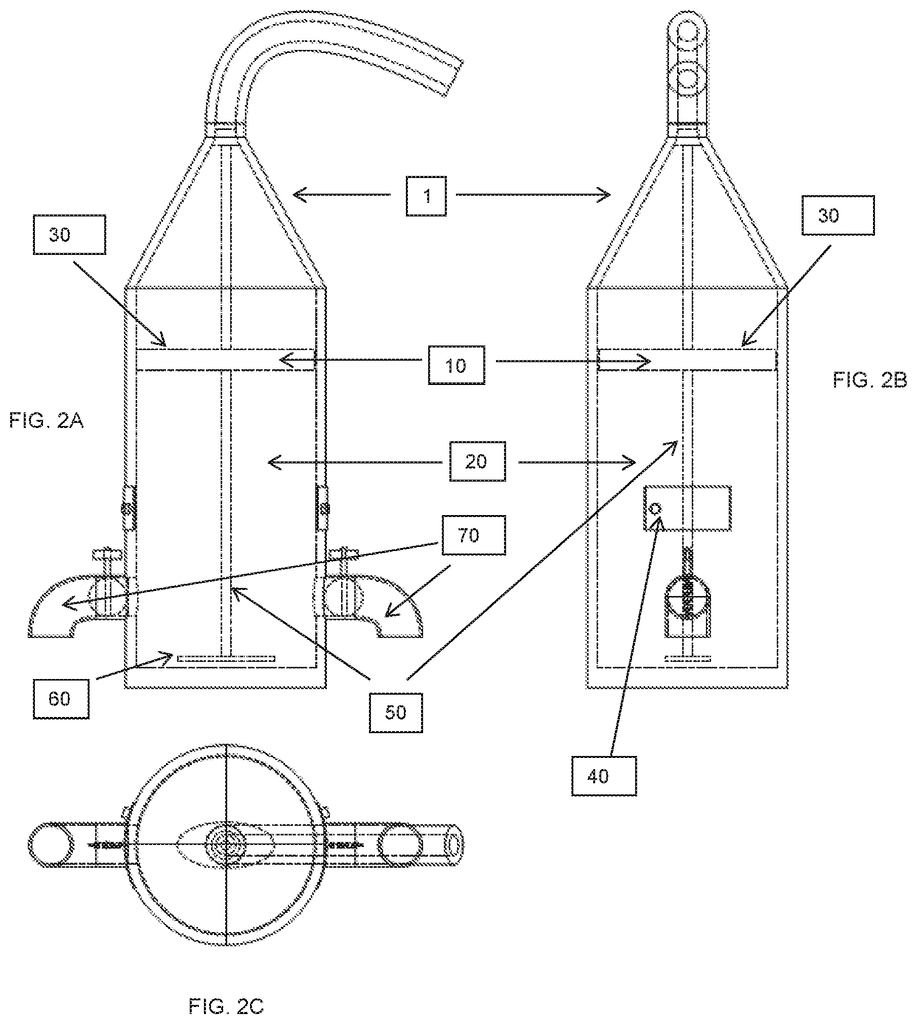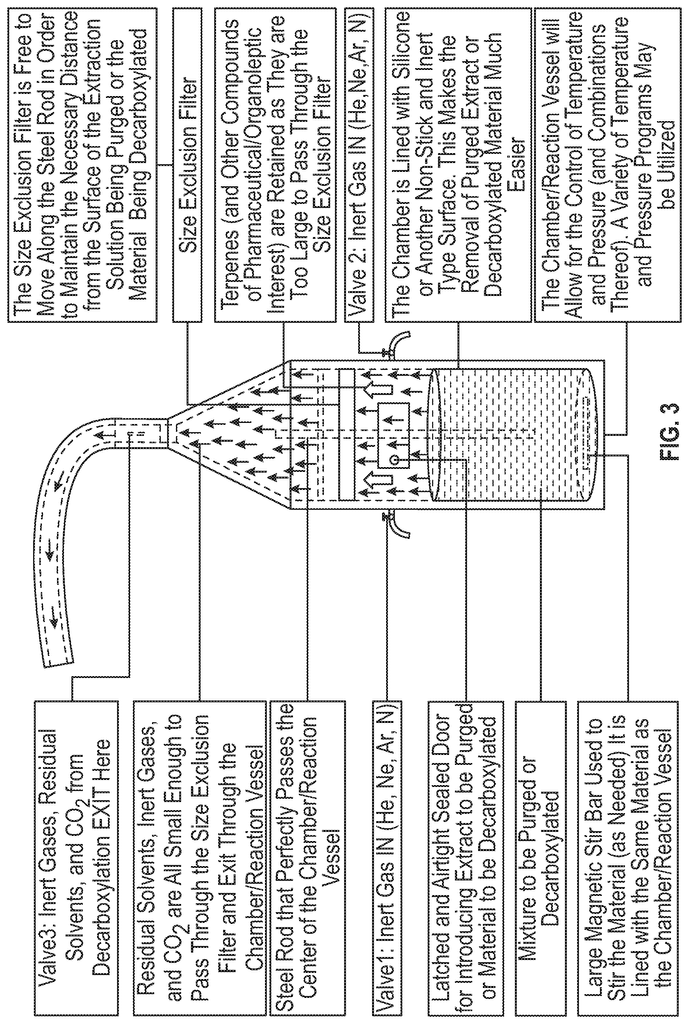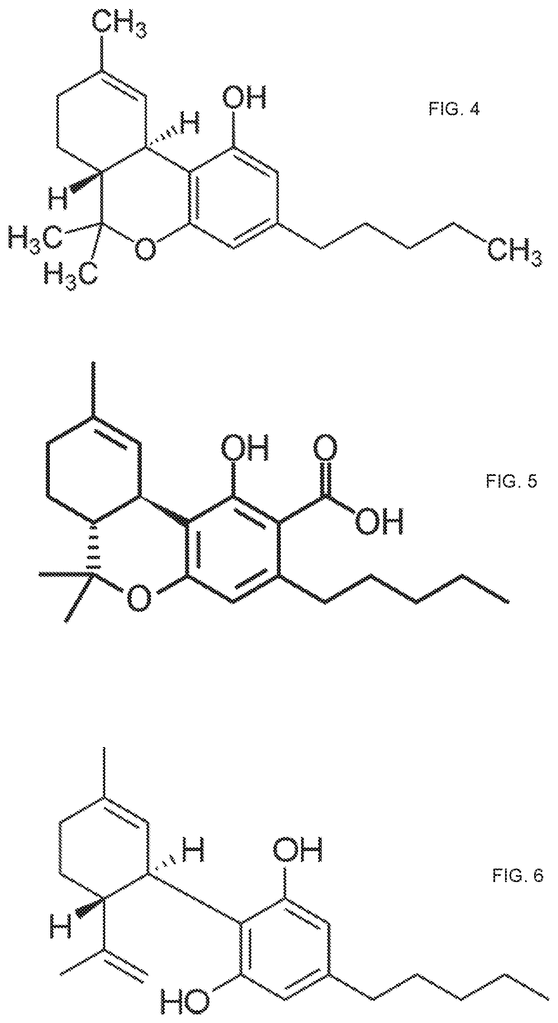Invented by Zeyead Gharib, Ahmed Gharib, Harvest Direct Enterprises LLC
The market for these products is growing rapidly, driven by the increasing acceptance of cannabis as a legitimate medical treatment and the desire for more effective and convenient delivery methods. Manufacturers are developing new methods and compositions for delivering cannabis orally, as well as exploring new medical applications for the drug.
One of the key challenges facing the industry is the development of effective delivery methods. Cannabis is not very soluble in water, which makes it difficult to create a consistent and reliable oral dosage form. Manufacturers are exploring a range of technologies, including nanoemulsions, liposomes, and microencapsulation, to improve the solubility and bioavailability of cannabis.
Another important area of research is the development of new compositions of cannabis. Different strains of cannabis contain different ratios of cannabinoids, which are the active compounds responsible for the drug’s effects. Manufacturers are exploring ways to manipulate these ratios to create products with specific therapeutic effects, such as pain relief, anti-inflammatory properties, or anti-anxiety effects.
The medical applications of orally administered cannabis pharmaceuticals are also expanding rapidly. Cannabis has been shown to be effective in treating a range of conditions, including chronic pain, nausea and vomiting, and spasticity associated with multiple sclerosis. Researchers are also exploring its potential in treating conditions such as epilepsy, anxiety, and depression.
The market for orally administered cannabis pharmaceuticals is expected to continue to grow rapidly in the coming years. As more research is conducted and new products are developed, the potential applications for cannabis as a pharmaceutical will continue to expand. Manufacturers who can develop effective delivery methods and innovative compositions will be well positioned to capture a share of this growing market.
The Harvest Direct Enterprises LLC invention works as follows
Disclosed are various embodiments of cannabis extraction techniques, apparatuses to extract cannabis, and methods for using cannabis extracts.
Background for Manufacturing methods, compositions, and medical applications of orally administered cannabis pharmaceuticals using representative/total/complete cannabis extractions (cannabis infused pills)
Field
Disclosed are various manufacturing methods and apparatuses that can be used to produce cannabis extracts.
Description of Related Art
Some cannabis extraction techniques have been described in art. It is difficult to find cannabis extraction methods that preserve all the compounds of cannabis and remove byproducts.
In certain embodiments, a method for extracting cannabis is provided. The method includes (i) adding at least one type of cannabis plant or extract of at most one species of marijuana plant to a reaction room, (ii), optionally producing cannabis extracts by extracting cannabis from the mixture in the chamber, and (iv). retaining compounds within the reaction chamber derived cannabis. In this case, the reaction chamber contains a filter that has pores that allows for the removal from reaction chamber of byproducts of cannabis extraction and prevents the removal from chamber of compounds derived cannabis.
In some embodiments, an apparatus to extract cannabis is provided that includes an enclosed container with (i) an inner surface,(ii) an outer layer, (iiii] a reaction chamber and (iv) size exclusion filters. The size exclusion filters contain pores large enough to permit byproducts from an extraction process and a process of decarboxylation to pass through the filter. However, it prevents compounds derived cannabis from passing through the filter.
In some embodiments, a method for extracting cannabis is provided. It involves the following steps: (i) adding at least one type of cannabis plant or extract of at most one species of marijuana plant to a reaction room, (iii), optionally producing cannabis extracts by extracting cannabis from the mixture in the chamber, and (iv). retaining compounds in the chamber derived cannabis. The reaction chamber contains a filter that allows the removal of byproducts of the cannabis extraction process from the reaction area and prevents derived from this chamber.
In some embodiments, a mixture is provided that contains at least one terpene and at most one cannabinoid compounds derived from marijuana.
In some instances, a mixture of cannabis compounds is provided. It includes cannabinoids and nitrogenous compounds, amino acid, proteins, enzymes and glycoproteins as well as simple alcohols and aldehydes and ketones, simple esters, lactones and steroids.
In some embodiments, a treatment method is provided that involves administering a pharmaceutically acceptable quantity of any pharmaceutical composition to a patient who has a need for it.
In some embodiments, a treatment method is provided that involves administering any of the pharmaceutical compositions disclosed herein to treat nausea and vomiting, wasting (AIDS), or lack of appetite (both in patients with cancer and AIDs), multiple sclerosis (spinal cord trauma), epilepsy and pain, arthritis (and any other musculoskeletal conditions), movement disorders and glaucoma.
Disclosed herein are manufacturing methods, compositions, and medical applications of representative/total/complete cannabis preparations. These representative/total/complete cannabis preparations allows for the ?entourage effect? The?entourage effect is where the many medically useful compounds in cannabis interact with the mammalian endocrinoid system to increase medical efficacy.
In certain embodiments, the retention of these medicinally viable compounds during the cannabis extraction purge process and decarboxylation processes is achieved by isolating cannabis extracts using the apparatus shown in FIGS. 2A, 2B, and 2C. These preparations may optionally contain surfactants or nutrients to enhance the bioavailability of these medicinally viable compounds in mammalian gastrointestinal system. All forms of cannabis plant material can be used to extract them, including cannabis sativa and cannabis ruderalis.
Disclosed herein is a representative/total/complete extraction, using a variety of extraction mediums, including but not limited to: cold water extraction and dry sift (hash), CO2, hydrocarbons (including but not limited to: butane, propane, hexane), alcohol (including but not limited to: ethanol, iso-propyl, methanol), and rosin tech (heat extraction)) of cannabis and any/all medically viable compounds found therein (including but not limited to cannabinoids, nitrogenous compounds, amino acids, proteins, enzymes, glycoproteins, hydrocarbons, simple alcohols, aldehydes, ketones and acids, fatty acids, simple esters and lactones, steroids, terpenes, non-cannabinoid phenols, flavonoids, vitamins, and pigments) and its species (including but not limited to cannabis sativa, cannabis indica, cannabis ruderalis?and any/all subspecies and any/all cross breeds thereof and any/all established strains?in both male and female varieties?using both live and dried cannabis plant material) and the subsequent conversion of these extracts into pill-able forms for oral administration (immediate and extended release) is described. In some embodiments, formulations disclosed herein will utilize the use of surfactant(s)/emulsifier(s) and nutritional compounds in order to increase the bioavailability and subsequent absorption of these orally administered cannabis pills/capsules, and the medically viable compounds found therein as a result of a total cannabis extraction, within the mammalian gastrointestinal tract (effectively bypassing the hepatic first pass effect). There will be many varieties, including but not limited to: Vegan, Kosher, Halal, Gluten free, extremely potent (high CBD), low potency (non-psychoactive), plant material, allergen free, extended release and very low sodium.
Marinol is a drug that only uses cannabis sativa. This overlooks the diversity and distinctive variations that can be found within the Cannabis genus. Research shows that there are seven sub-species of cannabis, including cannabis sativa, cannabis india, and cannabis ruderalis.
Furthermore the prior art (Marinol), only uses female varieties. Research has shown that hemp (the male form of cannabis) is particularly beneficial for medicinal purposes due to its low THC content and high CBD chemotypes. Due to its lower psychoactivity and higher medical viability, this ratio is especially interesting for medical applications.
Marinol is made from a THC-only extract. This completely ignores the entourage effect exhibited by cannabis and other herbal remedies/formulations wherein secondary compounds increase the medical efficacy and safety of primary constituents while at the same time helping to mitigate their negative/undesirable side effects. In some embodiments, methods and compositions are disclosed herein that take advantage of the entourage effect by including as many of these medically viable compounds as possible, primarily cannabinoids and terpenes, as a result of representative/total/complete cannabis extractions. There are at least 545 different compounds in cannabis. These compounds include cannabinoids/terpenoids and amino acids. They also include terpenes/terpenoids and terpenoids. Particularly, cannabinoids, terpenes and hydrocarbons have great medicinal potential.
Also the prior art does not mention cannabis sativa. The Cannabis genus includes cannabis indica, cannabis sativa and cannabis ruderalis. Their cross-breeds (including established strains), have been found to contain chemical compounds with both psychotropic as well as medicinal effects.
Cannabis
The cannabis genus, also known as marijuana or weed, is a wind-pollinated flowering plant of the Cannabaceae family. The current research indicates that there are seven sub-species of cannabis. Cannabis has been used for therapeutic purposes since ancient times. It was first cultivated in China in 4000BC. Three common types of cannabis are cannabis sativa, cannabis indica, and cannabis ruderalis. However there are seven other subspecies. Research shows that there are more than 3,000 cannabis strains. Genetics and growing conditions influence the chemical properties of finished cannabis products and their characteristics.
Mature male hemp plants have very low cannabinoid content and are used to make goods or as an alternative energy source. Hemp could be beneficial for medicinal purposes due to its low THC content and high CBD chemotypes. This results in lower psychoactivity and higher medical viability.
Click here to view the patent on Google Patents.
